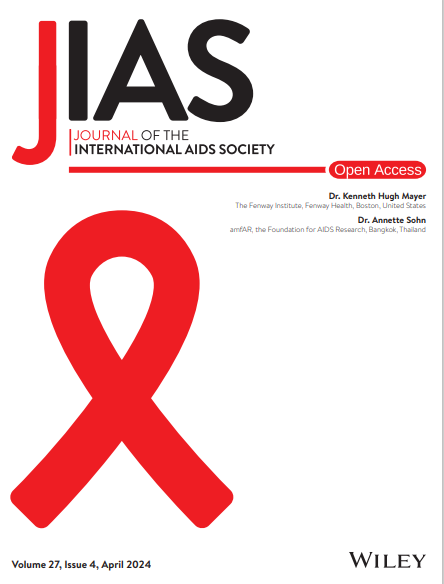Socio-demographic and geographic disparities in HIV prevalence, HIV testing and treatment coverage: An analysis of 108 national household surveys in 33 African countries
Abstract
Introduction
Socio-demographic and geographic disparities in HIV prevalence, uptake of HIV testing and access to antiretroviral therapy (ART) persist in high HIV burden countries. Understanding demographic, spatial and temporal factors can guide interventions.
Methods
We analysed 108 geo-referenced population-based surveys conducted over 2000–2023 across 33 African countries, involving 2.3 million respondents. Multilevel Bayesian logistic regression models assessed associations between HIV outcomes (HIV prevalence, recent HIV testing and ART coverage) and socio-demographic characteristics (age, education, place of residence, relative wealth), geographic location (country, district) and time trends. Separate models were estimated for men and women in central, eastern, southern and western Africa.
Results
Inequalities in HIV risk and access to testing and treatment services were driven by differences in educational attainment and within-country variations. In southern Africa, women with tertiary education had a 12%-point lower HIV prevalence (95% Credible Interval [CrI]: −27% to −2%) than those with less than primary education. In eastern Africa, they had a 13%-points (95% CrI: 2−22%) higher probability of recent HIV testing. Associations with relative wealth were weaker and more heterogeneous: in southern Africa, HIV prevalence shifted over time from higher to lower wealth quintiles, and adolescent girls and young women became the most frequently tested age group. In central Africa, wealthier men maintained higher recent testing and ART coverage levels. District-level variations accounted for disparities in HIV outcomes. In western Africa, the expected difference in ART coverage between individuals with similar socio-demographic characteristics living in different districts was 14%-points (95% CrI: 3−32%) for men and 10%-points (95% CrI: 3−27%) for women.
Conclusions
Disparities in HIV outcomes are strongly associated with differences in education, and across districts of the same country. Higher education levels are associated with lower HIV prevalence, greater testing and higher ART coverage, while districts with limited services sustain higher population viraemia. Despite the scale-up of HIV prevention and treatment programmes, important disparities remain, and renewed education-centred and geographically targeted efforts are needed to close gaps.


 求助内容:
求助内容: 应助结果提醒方式:
应助结果提醒方式:


